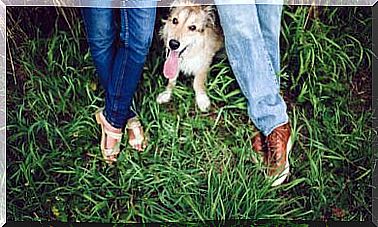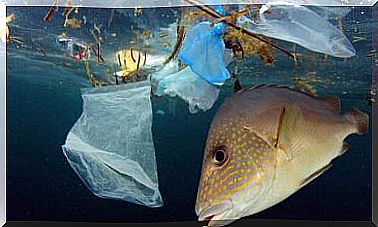Bionic Paws Implanted In Cats With Physical Disabilities
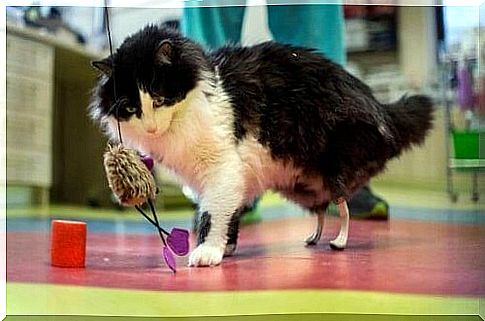
Among the advances in accessories and prostheses of a veterinary nature, there are the bionic paws for cats with physical disabilities.
There are two rubber polymer “swaggers” attached to a titanium frame. They are managing to make these animals regain mobility.
A specific case of two cats with physical disabilities
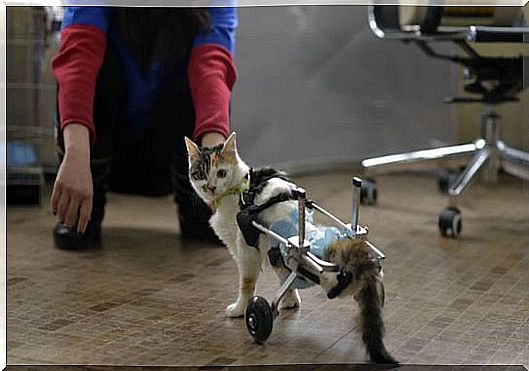
source: planetavivo.cienradios.com
Recently, two physically disabled cats were operated on to receive two bionic paws. They will allow you to walk again. Although this is not a new technique, it is the first time that this type of operation has been performed outside of England.
We must remember that there is already a precedent when it comes to surgery for cats with physical disabilities. It was in the year 2010, with the cat Oscar.
At that time, the new paws benefited the cat Pooh and the cat Steven. They are two cats that suffered amputations in their hind legs when they were run over by a car.
The two cats are in good health and are looking for a new owner, after the accident they suffered.
Details of implants in cats with physical disabilities
These foot implants are custom-made and fit onto a cat’s ankle. The technique used by surgeons was similar to that used in 2010, on the cat Oscar.
The surgeons nailed the prostheses pins, made of rubber polymer and attached to a titanium frame, in each of the ankle bones of cats with physical disabilities.
In a second moment, each of the prostheses were covered with hydroxyapatite to stimulate bone cells to grow on the metal. This way, the skin grows on a protection that prevents the appearance of infections, which could be very dangerous.
The team of surgeons who performed the operation claims that after a month with the new paws, if the cats have adapted well, the operation can be considered a success.
Although the small animals relate to their surroundings a little clumsily, they can already walk, take small runs and jumps.
After success, these prostheses will be improved until they can be widely offered. Now disabled cats and other animals will be able to walk again.
Bionic prostheses that saved the lives of animals
There are many endangered species that are the target of biotechnology tests. These bionic prosthesis implants are allowing different injured pets to recover from injuries sustained, enabling them to survive.
How are these technological advances achieved? Among other means, using 3D printing to create custom-made implants and other types of prostheses.
Until today, animals mutilated or born with certain birth defects were sacrificed. Thanks to these advances in technology, these pets now have a new opportunity to live.
There are already many organizations and even pet owners willing to pay whatever is necessary. Purchase the prostheses that save these animals and improve their quality of life, as this is an excellent solution.
Some points in debate
One of the most important challenges in relation to prosthetics for animals is the great diversity of sizes and anatomy among pets. This detail makes it necessary to take into account a high set of musculoskeletal characteristics.
In addition, the explanation regarding the doubt that exists whether a prosthesis hinders or helps animals that have lost a single leg has traditionally been debated .
There are opinions for all tastes. Some experts guarantee that animals, dogs and cats with three legs can be happy. But they recognize that they need greater cardiovascular endurance to perform simple exercises and daily activities.
In the case of disabled cats and other animals that have both ends disabled, the issue is much clearer. The use of dentures is essential so that they can have a decent life.
difficulties
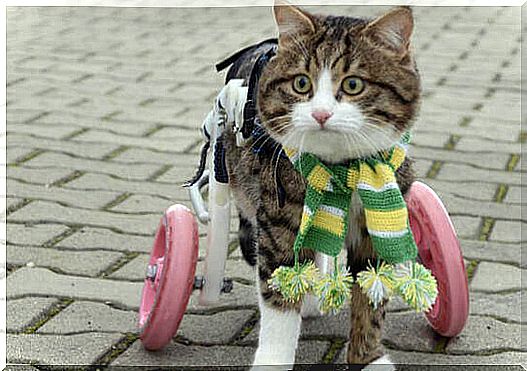
Source: planetavivo.cienradios.com
As it is not possible to ask an animal how the adjustments are made or how the prostheses are implanted, everything must be done taking into account clinical data and evaluations.
Among the main failures of prosthetics for pets is the fact that the animal cannot adapt to what was implanted.
As we can see, medical engineering with its advances is managing to improve the quality of life of many people. Its application in the service of animals is also commendable.
Images source: www.libertaddigital.com and planetavivo.cienradios.com.

